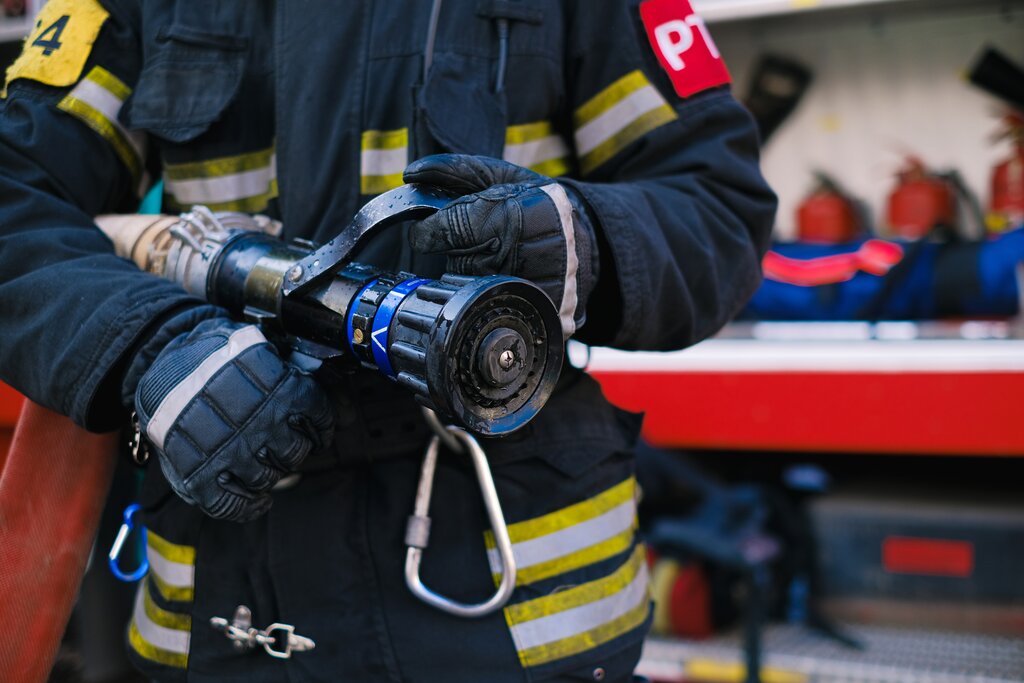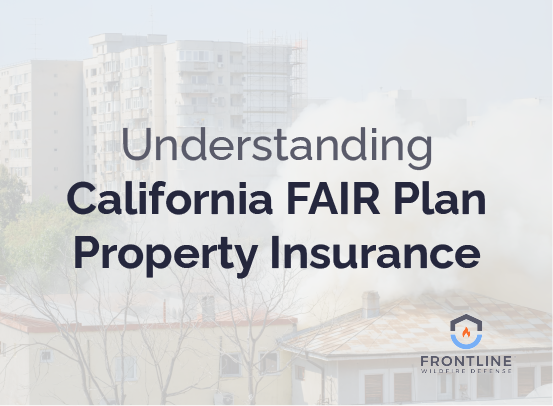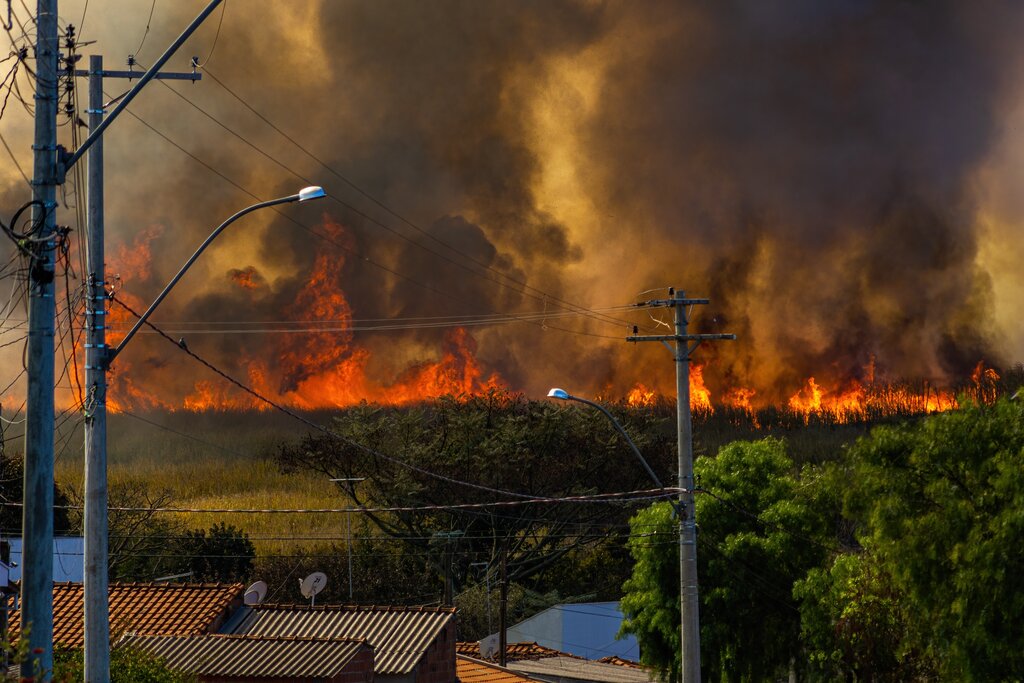
Homeowners, communities, and businesses around the country rely on fire prevention organizations to protect them against disasters and help them maintain their peace of mind. While most people are familiar with public fire prevention organizations, like their local fire department, there are also private fire prevention organizations that work to protect communities in lieu of public fire departments.
Read on to learn about the differences between private and public fire prevention organizations. Afterward, if you’re searching for more resources and ways to safeguard your home against wildfires, check out the Frontline Wildfire Defense App. Our free app allows you to track local fires, find wildfire preparation checklists, access emergency contact groups, and more.
What Are Private Fire Prevention Organizations?
While public and private fire prevention organizations both offer emergency response services in their local communities, there are a few key differences between these types of organizations, including how they are funded. Private fire prevention organizations raise funds by billing for their services and being contracted by communities to provide firefighting services.
While many communities rely on public fire departments, private fire prevention companies are often turned to when public resources are spread too thin. These private fire departments can fill gaps when public fire departments aren’t able to meet the demands of their local communities.
Private fire departments may be contracted by insurance companies to provide fire fighting services to clients that purchase high-value home insurance policies. Insurance companies like Chubb, AIG, and Pure Insurance offer wildfire defense as an insurance benefit to certain policyholders. These organizations may also be contracted by commercial property owners to ensure they have access to dependable fire fighting services if a fire breaks out at their property.
The U.S. Forest Service frequently contracts private fire prevention organizations to help suppress wildfires as public fire departments alone may not have enough manpower or resources to deal with these natural disasters.
What Are Public Fire Prevention Organizations?
Public fire prevention organizations are funded by the community via taxes. This includes your local public fire department. Since these organizations are publicly-funded, everyone can depend on them to provide fire fighting services when needed.
While these organizations provide very important and necessary fire fighting services to communities across the country, they don’t always have the resources necessary to meet the demands of their communities. This is often the case when wildfires break out.
When wildfires occur, local fire departments are often not big enough to tackle these disasters on their own. As a result, private fire prevention companies are often contracted to aid in the suppression of these fires. Moreover, since public fire departments are funded by their local communities, fire departments in more affluent communities often have access to better training, more resources, and more manpower. Meanwhile, fire departments in smaller or low-income communities may not receive adequate funding.
3 Key Differences Between Private & Public Fire Prevention Organizations
While both private and public fire prevention organizations typically provide the same basic services, there are several key differences between them.
Funding
The primary difference between private and public fire prevention organizations is how they are funded.
Private fire departments generate funds through contracts with local communities, insurance companies, commercial property owners, and government agencies. By billing for their services, private fire departments can generate enough revenue to adequately train their employees and purchase necessary tools and resources.
Public fire departments, on the other hand, depend on tax revenue for funding. This means that the amount of funding public fire departments receive often depends on their location. Fire departments in communities with high tax bases receive more funding, while those located in communities with moderate or low tax bases receive less funding.
OSHA Regulation
Depending on the state that the fire department is located in, public fire prevention organizations may not be regulated for health and safety.
While some states, like California, have a state-run OSHA, many don’t. In states that don’t have their own OSHA, public fire departments don’t always meet expectations for health and safety.
Private fire departments, though, must comply with federal OSHA regulations, regardless of the state they are located in.
Availability
Since public fire departments are publicly-funded, all taxpayers have access to their services. In case of an emergency, residents can call 911, and their local fire department will respond. The only downside to this is that in large communities with limited resources, public fire departments are often spread thin, leading to delays in response times.
Private fire prevention organizations only respond to clients that pay for their services. Many of these organizations operate on a subscription model, while others bill clients for their services on an as-needed basis.
Protecting Your Home Against Fires
While many people depend on private and public fire departments to protect them against house fires and wildfires, it’s important to take steps to protect your home. Homeowners in fire-prone areas should:
- Create a defensible space around their homes by trimming vegetation, removing flammable items from around their home, and spacing out trees and shrubbery.
- Use fire-resistance building materials when possible to make it more difficult for fires to ignite their homes.
- Install a fire defense system, likethe Frontline Wildfire Defense sprinkler system, to proactively hydrate their home and reduce the chances of ignition.
For more information on how you can safeguard your home and protect your family from wildland fires, contact our team at Frontline Wildfire Defense. Or, get the free app below!


